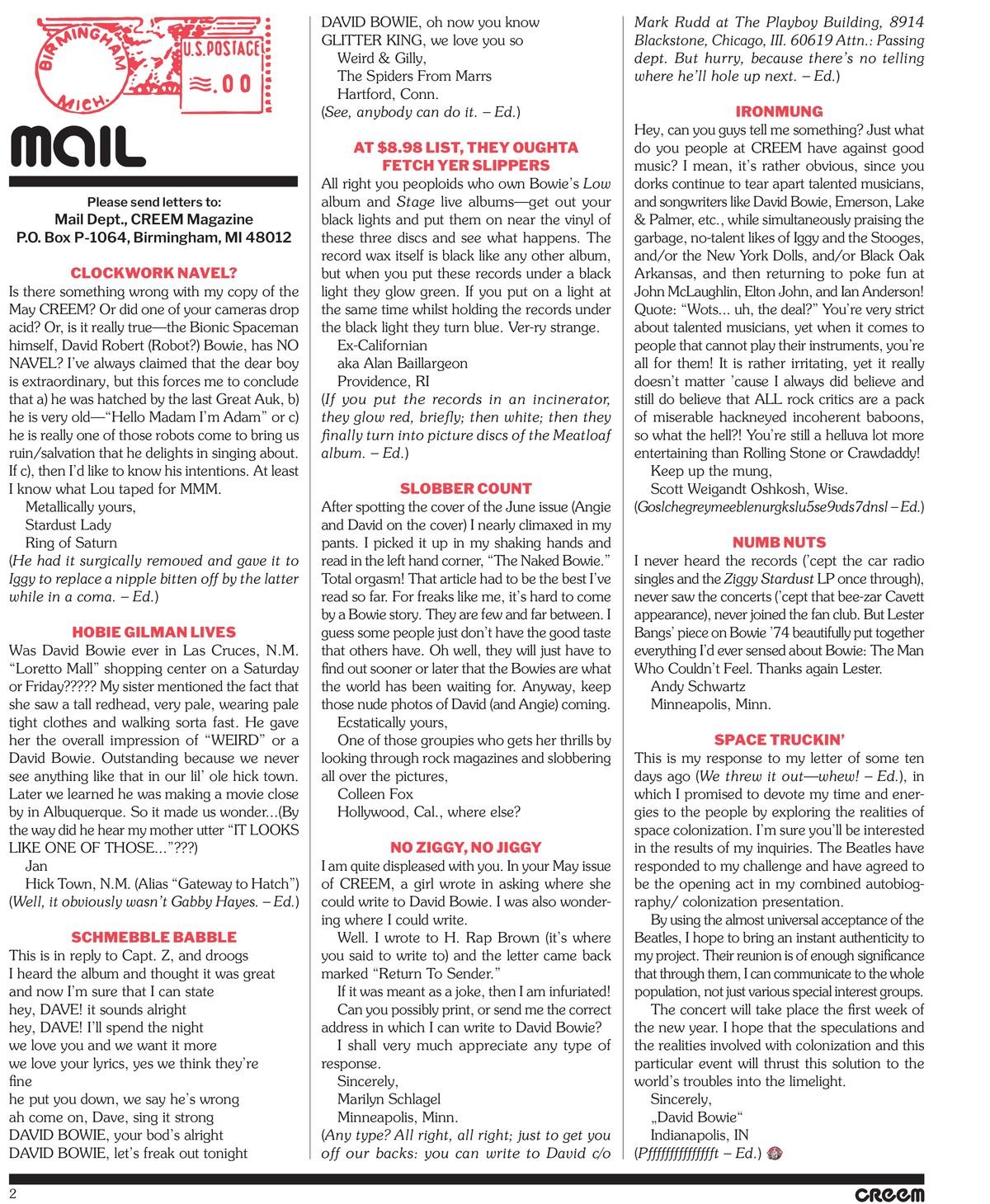LIVING UP TO BOWIE
September 2, 2022


The punks turned out for David Bowie at Earls Court. It was the last night of his first British tour in two years. Why were they there? One had come, he said, because Bowie was definitely six years ahead of the punk movement.
There seemed to be an obvious and immediate attraction between Bowie and the punks, just as there is between Bowie and the “intellectuals” and Bowie and the art school tradition: all to do with using fashion, acting out roles, representing an anti-establishment stance against the rock ’n’ roll hierarchy. Bowie is both surrealistic and accessible; always shifting into next year before most people have caught up with this.

